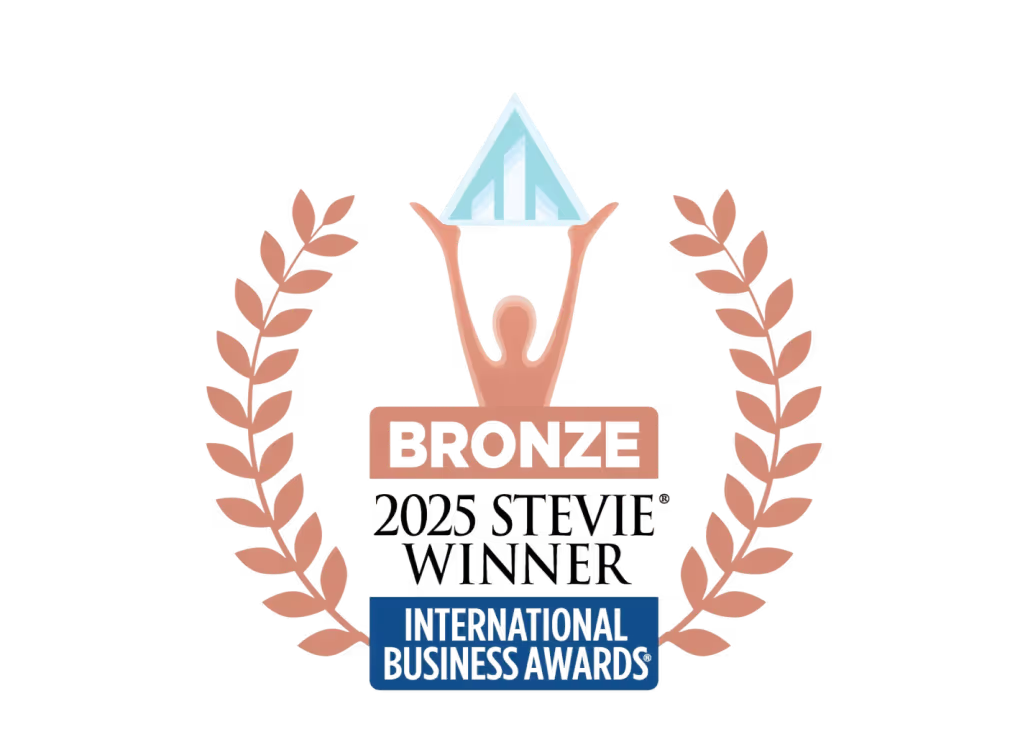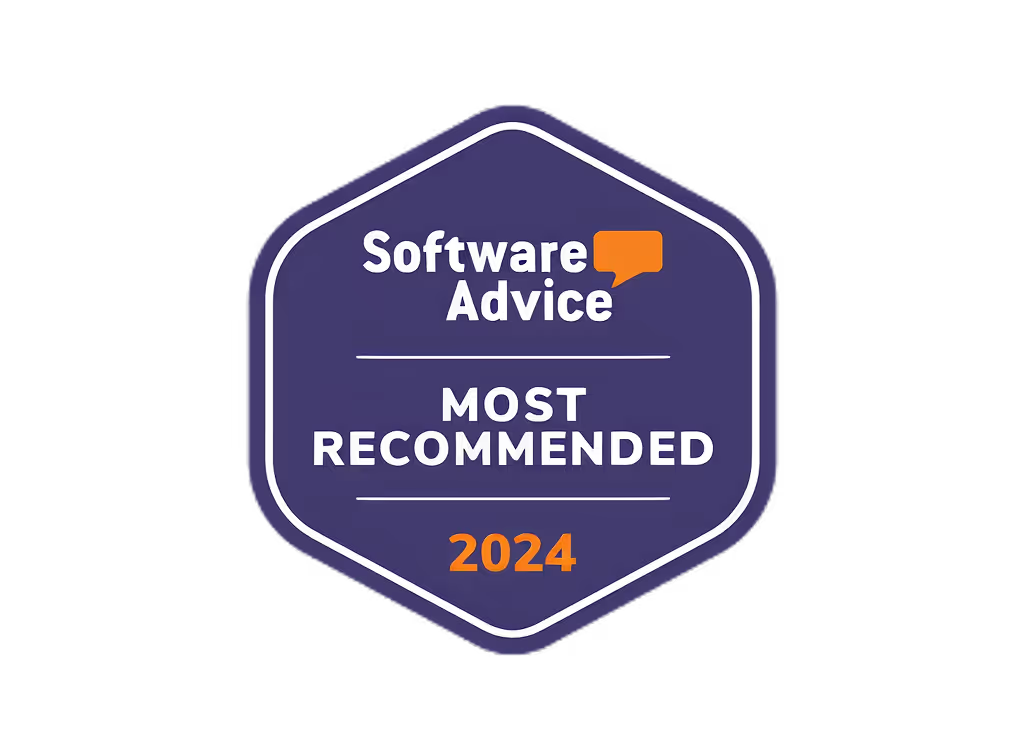Competitor Insight for SaaS: Beyond the Basics

Gaining deep competitor insight is crucial for SaaS businesses to thrive in a competitive market. This guide dives into advanced strategies for analyzing competitors, beyond basic comparisons, to uncover actionable insights that can fuel growth. Here's what you need to know:
- Advanced Competitor Analysis: It's not just about comparing features and sizes but understanding their strategy, target audience, and market positioning.
- Using Analytics Tools: Tools like SEMrush, Ahrefs, and SimilarWeb provide valuable data on competitor online performance.
- Customer Feedback: Reviews and ratings offer honest insights into what users think about your competitors' products.
- Market Trends: Staying ahead requires keeping an eye on industry trends and predictions.
- Case Studies: Learning from the successes and mistakes of other SaaS companies can guide your strategy.
- Actionable Strategies: Insights should inform product development, marketing, and sales tactics.
- Tools and Resources: A comparison of key tools aids in conducting thorough competitor analysis.
- Continuous Learning: Building a culture of ongoing competitor analysis involves everyone in your organization.
By understanding the competitive landscape and integrating insights into your strategy, you can create a unique value proposition, meet customer needs more effectively, and position your SaaS business for long-term success.
Advanced Techniques for Gaining Competitor Insights
In-depth Analysis of Competitor Analytics
Tools like SEMrush, Ahrefs, and SimilarWeb help us understand how our competitors are doing online. They show us things like who's visiting their websites, where their visitors come from, and how they're finding them. Here's how to make the most of these tools:
- Keep an eye on your main competitors by setting up dashboards that track how well they're doing in search rankings over time.
- Look into their ad campaigns to see how much they're spending, which ads are working best, and what messages they're using.
- Check out who's linking back to their sites to learn about their content marketing strategies.
- Pay attention to their website traffic, like where their visitors are from and how engaged they are. This can show new opportunities for reaching customers.
- Keep records of your findings so you can spot trends over time.
Using these analytics tools gives us a clear picture of where we stand compared to our competitors and helps us make smarter business decisions.
Leveraging User Feedback and Reviews
User reviews on platforms like G2, Capterra, and app stores give us honest feedback about what people think of our competitors' products. Here's how to use this information:
- Collect and compare ratings, reviews, and satisfaction scores. Look for patterns in what users like and don't like.
- Pay attention to specific customer groups and how well competitors are meeting their needs.
- Watch how reviews change over time to understand if a competitor is getting better or worse.
- Use what you learn to improve your own products and how you talk about them.
Listening to user feedback helps us understand what's important to customers and how we can serve them better.
Market Trends and Predictions
To stay ahead in the SaaS industry, we need to look at where the market is going, not just where it is now. Here are some ways to do that:
- Read reports from research firms like Gartner and Forrester to learn about new technologies and market predictions.
- Go to industry events to hear what experts are saying about future trends.
- Follow tech bloggers and analysts online who often share insights about what's coming next.
- Look out for new patents or funding announcements from competitors, which can give clues about their future plans.
By keeping an eye on market trends, we can be ready for new opportunities and avoid being caught off guard by competitors' moves.
Case Studies: Success Stories and Lessons Learned
[SaaS Company 1] Case Study
[SaaS Company 1] makes software to help people manage projects but was having a tough time standing out. They looked at what people didn't like about their competitors' software and saw many complained about it being too hard to use. So, they made their software simpler and easier to understand.
After making these changes, their customers were much happier, shown by a big jump in their NPS, a score that measures customer satisfaction. This happiness led to more people signing up and a big increase in their earnings.
This story shows how important it is to listen to what users of similar products are saying. By addressing common complaints, [SaaS Company 1] was able to meet their customers' needs better and become more successful.
[SaaS Company 2] Case Study
[SaaS Company 2] offers video calls for businesses and saw reports saying big companies would soon need their service more. While their rivals were trying to attract small businesses, [SaaS Company 2] focused on making their service appeal to big companies by adding features like better security and the ability to handle lots of users at once.
Their guess was right. Big companies loved these features, and within a year, [SaaS Company 2] had a lot more large business customers.
This shows how looking at where the market is heading can uncover new chances to succeed. By focusing on what big companies would need, [SaaS Company 2] got ahead of their competitors and found a profitable niche.
Integrating Insights into Strategy
Product Development
Keeping an eye on what your competitors are doing can really help when you're trying to figure out what to make next. Here’s how:
- Find what's missing: If other companies don't have something that customers want, that's your chance to make it.
- Solve problems: If customers are complaining about something and no one else is fixing it, make sure you do. This could make them switch to your product.
- Borrow good ideas: If a competitor adds something cool and everyone loves it, think about doing something similar. Just make sure it fits with what you're already offering.
- Stay one step ahead: If you know what others are planning to release, you can prepare early. This might mean improving your own stuff or coming up with something totally new.
- Test new ideas: If you see others trying something new and it seems to work, it might be worth a shot for you too.
Understanding what everyone else is up to helps you make smarter choices about what to build and how to make it stand out.
Marketing Strategies
Watching what your competitors are doing can also give you great ideas for how to talk about your product:
- Find their weak spots: If they're saying something that doesn’t really match up with what users think, use that to your advantage.
- Be different: Look at what others are saying and find a way to show how you're not like them.
- Target smarter: By seeing who they're trying to reach and how, you can figure out the best way to get your message in front of the right people.
- Talk to overlooked customers: If you notice that some groups of customers aren't getting much attention from your competitors, make sure you reach out to them.
- React quickly: If a competitor makes a move, think about how customers might feel about it and be ready to respond.
Keeping track of the competition helps you make smart moves in how you market your product.
Sales Tactics
Knowing what your competitors offer can also help your sales team close more deals:
- Show off your strengths: Make sure your team knows what your product does better than others, so they can tell potential customers.
- Offer better deals: Sometimes, you might need to give a little extra to win over a customer who’s thinking about going with a competitor.
- Make your pitch stand out: If you know what a potential customer doesn't like about a competitor's product, make sure to highlight how you do it better.
- Stay calm and carry on: If a competitor launches something new, reassure your potential customers that you’ve got them covered.
- Use timing to your advantage: If people are unhappy with a competitor's new update, that’s a good time to convince them to switch to your product.
Paying attention to what others are doing can give your sales team the edge they need to win more business.
sbb-itb-606b7a1
Tools and Resources for Competitor Analysis
Competitor Analysis Tools Comparison
ToolKey FeaturesUse CasesSEMrush- Keyword research
- Backlink analysis
- Website traffic analytics
- Ad campaign tracking- Keep an eye on competitor keywords and rankings
- Check out how competitors are building links
- Find out where competitors are getting their web visitors from
- Look at competitor adsAhrefs- Backlink analysis
- Keyword research
- Site audit- Look at the quality of links competitors have
- Find new keywords to target
- Compare your website's strength to competitors'Owletter- Email campaign tracking
- Lead intelligence- See what kind of emails competitors are sending
- Find out who is interested in their productsWappalyzer- Technology detection
- Website profiling- Figure out what tech competitors are using on their sites
- See how they're implementing certain features
There are many tools out there that help you understand what your competitors are up to. SEMrush and Ahrefs are great for checking out keywords, website visitors, and links. Owletter lets you peek at competitors' emails, and Wappalyzer tells you about the technology on their websites. Each tool has its own special way of revealing details about your competition.
By choosing the right tools and using them wisely, you can keep track of how you're doing compared to others, spot new chances, and make smart decisions based on solid info about the market. Watching these things over time helps you guess what might happen next.
Putting this information into your planning helps turn insights into actions. This means making better products, finding the best way to introduce them to people, and figuring out how to grow your business in a smart way. Keeping up with what's happening in the market is key to staying flexible and having an edge over others in the fast-moving world of SaaS.
Building a Culture of Continuous Learning
To make keeping an eye on competitors a regular part of work, try these steps:
Make It a Habit
- Set times for competitor chats: Plan regular times (like once a month or every three months) for teams to meet and talk about what they've learned about competitors.
- Use dashboards for everyone: Make dashboards that show important info about competitors that everyone can see. Use tools like Geckoboard or Klipfolio to keep the data fresh.
- Send updates by email: Pick someone to send short emails to the team with updates on competitors. Use bullet points to make it easy to read.
- Talk about it in meetings: Begin every big meeting by mentioning something new you've found out about a competitor.
Make It Accessible
- Keep info in one spot: Put all your notes and data about competitors in one place where everyone can find and use it easily.
- Show data in pictures: Instead of just lists or tables, use graphs or charts to show what you've found. It's easier to understand.
- Make quick guides: Create short documents, presentations, or videos that sum up the main points. This shows you value people's time.
- Turn it into a game: Make learning about competitors fun by setting up quizzes or contests. This can make people more interested.
Make It Everyone's Responsibility
- Teach analysis skills: Run classes on how to understand data, think critically, and spot trends. This helps everyone make better use of the information.
- Reward sharing: Give a shoutout to teams or people who bring up useful insights about competitors.
- Encourage discussions: Have places where people can talk about what they've learned, not just where they listen.
- Link it to goals: Make understanding competitors part of what each department aims to do. This shows it's important.
By taking these steps, keeping track of competitors becomes a normal part of work for everyone. Making it easy and rewarding turns this data into something that really helps the business.
Conclusion
Looking closely at what your competitors do can really help your SaaS business do better. This guide has shown us how to dig deeper than just comparing what we and our competitors offer or how much we charge. By understanding our competitors better, we can make smarter choices about our products, how we market them, how we sell them, and how we plan for the future.
Here are the main points we've covered:
- Think about all the different companies you're competing against, including those that might not be obvious. This helps you see more chances to stand out.
- Use tools like SEMrush, Ahrefs, and SimilarWeb to keep an eye on how your competitors are doing. Watching their progress over time can show you important trends.
- Pay attention to what customers are saying about your competitors. This can tell you what's working well and where there might be problems.
- Keep up with industry news and what experts are saying to stay ahead of big changes that could affect your business.
- Look at what other companies have done, especially when they launch new products or update their services. You can learn a lot from their successes and mistakes.
- Use what you learn to make your business better. This could mean filling in gaps that competitors are missing, making your products or services more appealing, finding new areas to focus on, or being quick to respond to what competitors are doing.
- Get everyone in your company involved in keeping track of competitors. Share updates, have discussions, and train your team to spot useful information. The more people watching, the more you'll learn.
By really understanding what your competitors are up to, you can make better decisions, create products that stand out, and grow your business in smart ways. Staying on top of what's happening and being ready to adapt means you can keep your customers happy and stay ahead of the game.
Related Questions
How to do competitive analysis for SaaS companies?
To start analyzing your SaaS competitors, first figure out who they are and collect info from places like their websites, what customers say about them, and reports about the industry. Look at things such as what they offer, how much they charge, who they're targeting, how they talk about their products, and how much of the market they have. Use tools like SEMrush, SimilarWeb, and Owletter for a closer look at their website visitors, how they rank in searches, who links to them, and their email marketing. Put all this info together in a way that's easy to compare. Use what you learn to decide how to improve your product, where to sell it, and how to stand out.
What are the insights of competitor analysis?
Competitor analysis can tell you a lot about how to make better decisions. You can learn:
- What customers need and what problems they have
- What's good and bad about your product compared to others
- New areas you might want to get into
- How to talk about your product so it stands out
- Possible companies to partner with or buy
- Weak spots and threats from others
Looking at your competitors regularly helps you understand your customers, trends, and who you're up against.
What is competitive advantage for SaaS business?
SaaS businesses can stand out by:
- Always adding new features quickly
- Making their product easy to use
- Having flexible prices
- Working well with other tools
- Getting more useful as more people use it
- Using data to offer personalized experiences
- Being reliable, safe, and following rules
Using these strengths can help attract more customers, grow your business, and stay ahead of others.
What should be included in a competitor analysis?
When looking at your competitors, you should check:
- Who they're trying to sell to and how they position themselves
- What they offer, their prices, and any special deals
- How they sell and market their products
- How they show up online and where their visitors come from
- How happy their customers are and if they keep coming back
- How much money they have and how healthy their business is
- Who's leading the company and what the company culture is like
- Where they might grow next
Putting together both numbers and stories gives you a full view to help shape your business strategy.

















